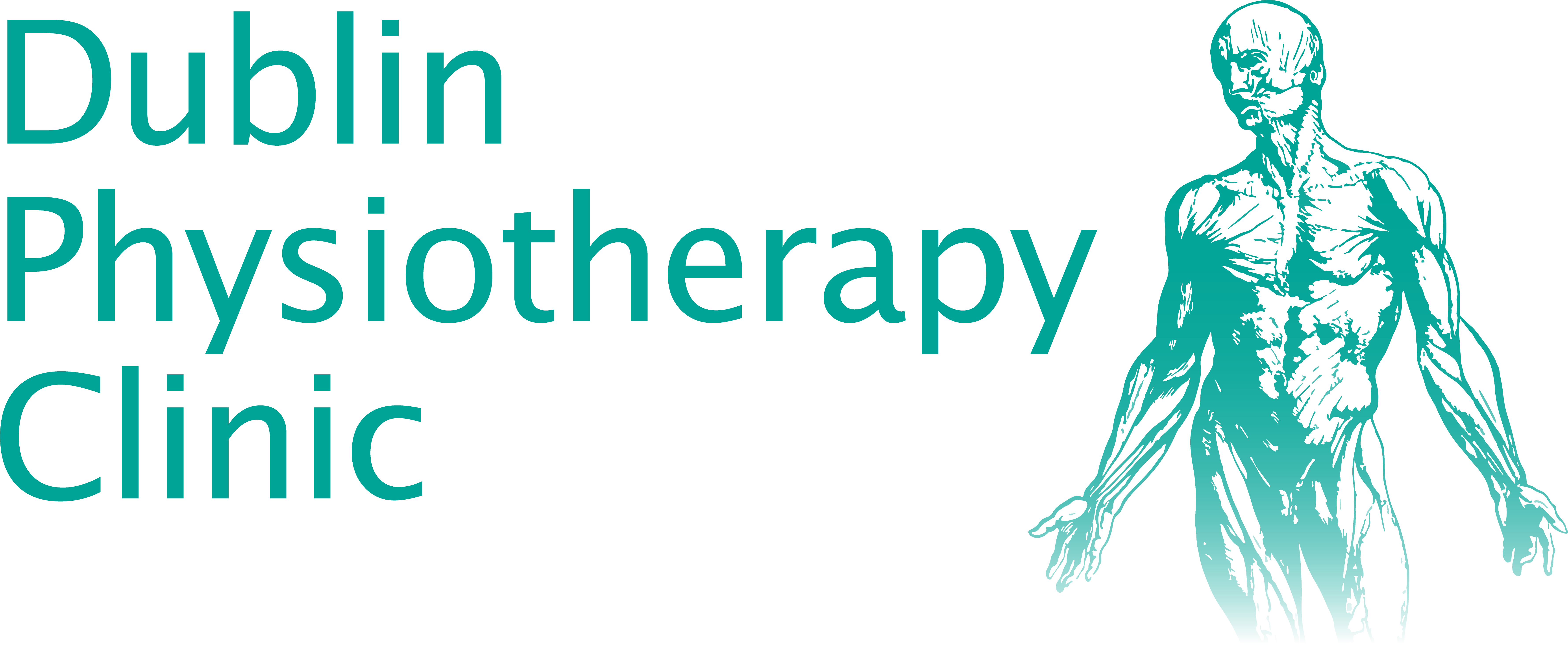The predictable slump in gym attendance from mid-February is upon us again just like the changing seasons. Did you know that less than 20% of Gym members use the facility routinely over the course of the year? Why is this?
There are probably a number of reasons;
- Time
- Competing demands
- Work patterns
- Sickness
- Uncomfortable gym atmosphere
- Lack of results
- Disillusionment
- Do any of these sound familiar? Other then sickness all of the other variables relate to prioritization and what really boils down to a return on investment. It’s hard to justify persisting when exercise is challenging and we don’t see any practical benefits.
There are a number of factors which determine how effective an exercise program will be for weight loss and as is always alluded too but frequently not dealt with is the supplementary dietary alteration required in combination. In general, just exercising will not be sufficient to lose weight unless the starting point is from a severe lack of mobility. That means congratulatory, post work-out treats may well completely sabotage you’re workout ie cappuccino & muffin.
We’ll talk about dietary issues in another post but today we will deal specifically with exercise.
The number one reason for people failing to achieve benefits from regular gym exercise is that they are doing the wrong exercise for weight loss.
Exercise for weight loss
There is a widely held belief that cardiovascular exercise at the modest intensity (the fat burning zone of 55-65% maximum heart rate) is the best way to lose weight. Without going into too much technicality this theory, which came from research in the 1980s is at the core of the problem. Unfortunately when you work at 55- 65% of your maximum heart rate you burn relatively small amounts of calories (40 minutes on a stepper to burn off a slice of apple tart!).
Exercises which primarily test your cardiovascular system i.e. your heart and lungs do not demand the same amount of energy as working your muscles intensively. This is an important concept to understand because whilst you may well feel breathless working on a stepper or cross trainer – what’s referred to as perceived exertion, it does not necessarily mean that you’re burning high amounts of calories. This may appear somewhat shocking and contradictory but it’s the truth – “can you handle the truth” to quote Jack Nicholson from A Few Good Men.
So how do you burn large amounts of calories to reduce fat storage?
The answer is to raise your metabolic rate by making your muscle system work as hard as possible. Exercises which work muscles – particularly large groups of muscles demand high energy and consume a greater portion of calories that would be the equivalent in a cardiovascular exercise program. This means using resistance training or using your bodyweight to perform exercises which takes your target muscles into a zone of Fatigue. There are many different ways to construct exercise programs to achieve these objectives and depending on your requirements/preferences/ability/medical history you do not necessarily have to use the gym to achieve them.
The other critical factor about using resistance exercise is that your metabolism remains elevated for hours after exertion, continuing to burn calories at a higher rate. This does not happen with cardiovascular exercise – once you stop metabolism returns to normal (called basal metabolic rate).
So why aren’t more people getting the right exercise?
1. It’s hard
2. Scared of bulking up (particularly women)
3. Exercise programs need to be structured specifically to your requirements
4. The right combination and intensity of exercise needs to be prescribed
5. Rest between exercises needs to be determined
6. The frequency of your exercise program needs to be calculated
7. Your suitability and safety to conduct resistance exercise needs to be evaluated
The number one reason for lack of compliance with exercise to lose weight is a lack of return on investment and despondency. As you can see there are some specific reasons why this situation persists and there are definite ways to improve the situation by seeking expert advice on the type of exercise you should be doing. At Dublin Physiotherapy Clinic we provide these specific services routinely for our patients and we can help you achieve your goals. Check it our website at www.DublinPhysio.ie or call us on 018829174.
We look forward to helping you.
David





